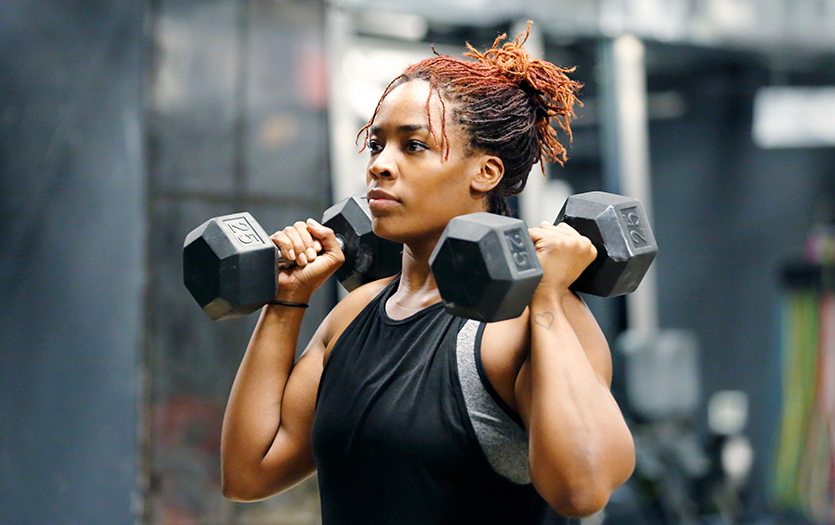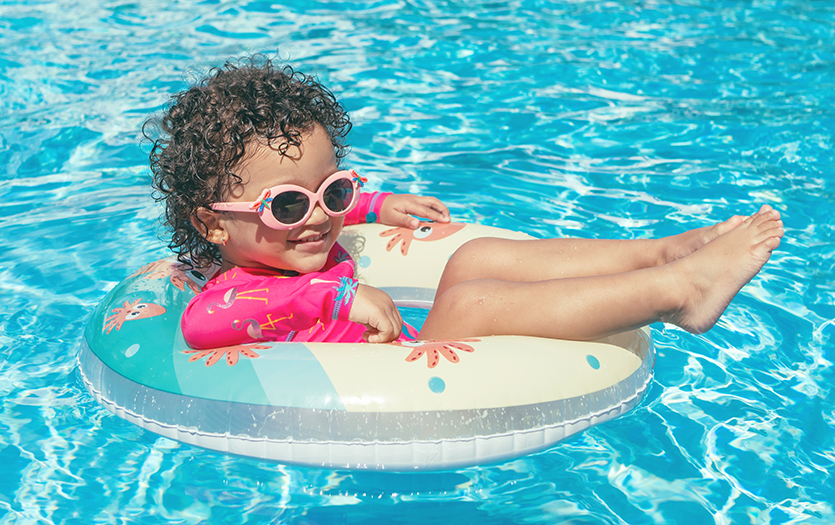We want you to be outward bound, but safe and sound as well. So we asked Indiana Conservation Officer Corporal Rodney D. Clear to share his rules for safely navigating and enjoying a few of the most common winter sports.
Ice safety.
When in doubt, don’t go out!
Corporal Clear cautions winter adventure seekers of thin ice. “Every winter, thousands of Hoosiers enjoy fishing, skating, hiking or just sliding around on frozen ponds and lakes,” he said. “And every year, people drown after falling through ice. Like driving on snow, Hoosiers need to re-learn how to have safe fun on ice.”
His No. 1 suggestion is to warn kids about the extreme dangers of playing on frozen lakes and streams without supervision. If you are planning on braving the slick stuff for a hockey match, skate or other play, he offers the following guidelines.
- 1-3 inches of ice – Stay off!
- 4 inches of ice – Needed for safe ice fishing
- 5 inches of ice – Needed for snowmobiling
- 8 inches of ice – Needed to support the weight of a car or light truck
- 10 inches of ice – Needed to support the weight of a medium truck
6 Safety Tips for the Fisherman
- Drill your own test hole near shore. Your test hole should show at least a 4-inch thickness of clear ice like you get from your freezer.
- Wear a life jacket for extra warmth and safety.
- Be aware of various ice strengths and qualities. One area of a pond may be a foot thick while another spot of ice may only be an inch thick.
- Ice strength can also change. Thick ice is rotten after rain. Old honeycombed ice, slush ice or ice with current under it is also dangerous. New ice is almost always stronger that old ice. Wind, waterfowl and beavers can also keep areas of ice thin.
- Indiana law limits ice fishing holes to a diameter of 12 inches.
- Fishing shanties must have reflectors on each side so snowmobiles won't crash into them at dusk or during snowstorms.
Hunting safety.
Corporal Clear suggests all hunters review his best tips for a basic foundation of good firearms safety. “When hunters incorporate these tips into their hunting day, they increase their chances significantly for an accident-free hunt.” In addition, Indiana Conservation Officers encourage hunters using elevated stands or platforms to make sure they use a safety harness to protect themselves in case of a fall. “Falls from elevated stands or platforms is the number one cause of hunting accidents in Indiana.”
10 Tips for Basic Firearm Safety
- Treat every firearm with the same respect you do a loaded firearm.
- Control the direction of your firearm’s muzzle. Carry your firearm safely, keeping the safety on until ready to shoot. Keep your finger off the trigger until ready to shoot.
- Identify your target and what’s beyond it. Know the identifying features of the game you hunt.
- Be sure the barrel and action are clear of obstructions and that you have only ammunition of the proper size for the firearms you are carrying.
- Unload firearms when not in use. Leave the actions open. Firearms should be carried unloaded when traveling to and from shooting areas.
- Never point a firearm at anything you do not want to shoot. Avoid all horseplay with a firearm.
- Never climb a fence or tree, jump a ditch or log, with a loaded firearm. Never pull a firearm toward you by the muzzle.
- Never shoot a bullet at a flat, hard surface or water. During target practice, be sure your backstop is adequate.
- Store firearms and ammunition separately beyond the reach of children and careless adults.
- Avoid alcoholic beverages or other mood-altering drugs before or while hunting or shooting.
Contact the Indiana Department of Natural Resources with any of your winter safety or compliance questions.



